Cheongpung Cable Car (청풍호반케이블카)
15.7Km 2024-07-31
166 Munhwajae-gil, Jecheon-si, Chungcheongbuk-do
Cheongpung Cable Car takes passengers back and forth between Multae-ri in Cheongpung-myeon and Bibongsan Mountain along a 2.3-kilometer ropeway. There are a total of 43 cabins that accommodate up to 10 passengers per car, with ten cabins featuring transparent flooring to offer a thrilling bird's-eye-view of Cheongpung-myeon. The cable car can reach a maximum speed of 5 meters per second and takes around 10 minutes from the departure point to Bibongsan Mountain peak. Bibongsan Mountain sits at the center of Cheongpungho Lake and has an elevation of 531 meters. The sight from top offers a feeling as if one is looking down at an archipelago. The cable car allows children and the elderly to enjoy the sight without the hassle of hiking up to the summit.
Chungjuho Lakeside Resort Cheongpungnaru (충주호관광선 청풍나루)
15.7Km 2020-03-24
54, Munhwajae-gil, Jecheon-si, Chungcheongbuk-do
+82-43-647-4566
Located in Chengpung-myeon, Jecheon-si, Chungcheongbuk-do, Cheongpungnaru is the starting and ending point for pleasure boat commuting on Cheongpungho Lake. The ferry offers great views of the lake and its surroundings. In particular, the most popular course is the route between Cheongpung and Janghoenaru including Oksunbong Peak, Gudambong Peak and Geumsusan Mountain. Boarding takes place in front of Cheongpung Cultural Heritage Complex.
Yechon (예촌)
15.8Km 2021-03-20
28, Cheongpungmyeongwol-ro, Jecheon-si, Chungcheongbuk-do
+82-43-647-3707
As a representative restaurant in Jecheon, it is a place where you can eat healthy meals. The best menu at this restaurant is grilled short rib patties set menu. This Korean dishes restaurant is located in Jecheon-si, Chungcheongbuk-do.
National Center for Forest Therapy (국립산림치유원)
16.0Km 2025-09-10
209 Therapy-ro, Bonghyeon-myeon, Yeongju-si, Gyeongsangbuk-do
The National Center for Forest Therapy is a forest-themed well-being complex created to promote public health and quality of life by leveraging the abundant forest resources of the Baekdudaegan Mountain Range. Forests have transformed into a destination for healing one's mind and body, as well as a place for recreation. The National Center for Forest Therapy provides guidelines for proper exercise and daily habit improvements aimed at relieving stress and promoting mental and physical balance by utilizing the healing properties of the forest. Furthermore, visitors can experience the effects of forest therapy here. The center has healing forest trails, recreational facilities, accommodation facilities, and others.
Mungyeong Omija Festival (문경오미자축제)
16.2Km 2025-08-14
20-1 Beoljaejangteo-gil, Dongno-myeon, Mungyeong-si, Gyeongsangbuk-do
+82-54-550-6889
Mungyeong Omija is produced in a clean environment at an altitude of 300-700 meters with eco-friendly methods in the Baekdudaegan Mountain Range. It has been designated as the only Omija Special Industrial Zone in the country, producing about 45% of the Omija production of the country.
Cheongpung Hwanggeum Tteokgalbi (청풍황금떡갈비)
16.6Km 2021-03-22
1682, Cheongpungho-ro, Jecheon-si, Chungcheongbuk-do
+82-43-647-6300
A restaurant that sells healthy tteokgalbi (grilled rib patties) introduced in Korean gourmet programs. This Korean dishes restaurant is located in Jecheon-si, Chungcheongbuk-do. The most famous menu is grilled short rib patties with turmeric.
Cheongpung Hwanggeum Songeo (청풍황금송어)
16.9Km 2021-03-22
25, Cheongpungho-ro, 39-gil, Jecheon-si, Chungcheongbuk-do
+82-43-652-4769
A restaurant where you can taste fresh trout dishes with a beautiful scenery. The best menu at this restaurant is sliced raw trout. This Korean dishes restaurant is located in Jecheon-si, Chungcheongbuk-do.
Yeongju Birosa Temple (비로사 (영주))
17.0Km 2021-06-11
661-29, Samga-ro, Yeongju-si, Gyeongsangbuk-do
+82-54-638-5033
Birosa Temple is located at the southern foot of Birobong, the highest
peak of Sobaeksan Mountain. It was founded by revered Buddhist monk Uisang Daesa in the 20th year of King Munmu’s reign (AD 680) during the Silla Kingdom. The temple’s Buddha statues and the flagpole supports reveal the long history of this ancient temple.
To the left of the entrance to Birosa Temple stand a pair of flagpole supports. The 4.8-meter-high flagpole supports facing each other have a meticulous structure. Inside the temple precincts is Jingongdaesa Bobeoptapbi, a stele with a stone turtle base erected in honor of the great monk Jingong Daesa.
The temple enshrines the Amitabha and Vairocana Buddha statues, which were created during the Silla Kingdom in the late 9th century. Both of these Buddha statues realistically depict the human form, and show similar characteristics, which reveal that they were crafted by the same artisan. Preserving such valuable cultural heritages, Birosa Temple also has a serene view of Birobong Peak on
Sobaeksan Mountain.
* Major cultural properties: Stone Seated Amitabha and Vairocana Buddha Statues (Treasure No. 996), Samgadong Stone Flagpole Supports (Provincial Tangible Cultural Property No. 7)
Sagwanamu Jip (사과나무집)
18.0Km 2021-03-22
2, Bibong-gil, Jecheon-si, Chungcheongbuk-do
+82-43-643-0888
A restaurant that uses apple enzymes and apple juice instead of sugar and seasonings for all recipes. The best menu at this restaurant is hand-made bean curd hot pot. This Korean dishes restaurant is located in Jecheon-si, Chungcheongbuk-do.
Cheongpungho Scenic Monorail (청풍호 관광모노레일)
18.2Km 2024-03-13
879-17 Cheongpungmyeongwol-ro, Cheongpung-myeon, Jecheon-si, Chungcheongbuk-do
+82-43-653-5120
The Cheongpungho Scenic Monorail offers a unique journey along a three-kilometer track from Dogok-ri in Cheongpung-myeon, Jecheon, to Bibongsan Mountain, situated at 531 meters above sea level. Typically, reaching the summit of Bibongsan Mountain on foot from Dogok-ri takes about an hour. However, the monorail service significantly reduces this time by half. Additionally, passengers can enjoy panoramic views of Cheongpungho Lake from various perspectives during their ride.
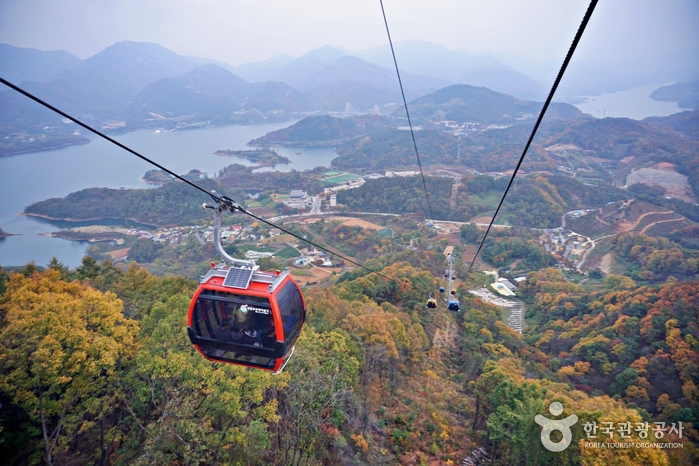

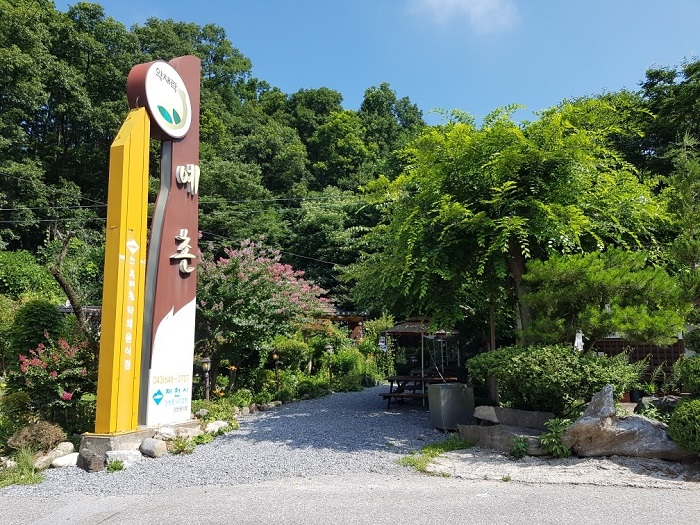
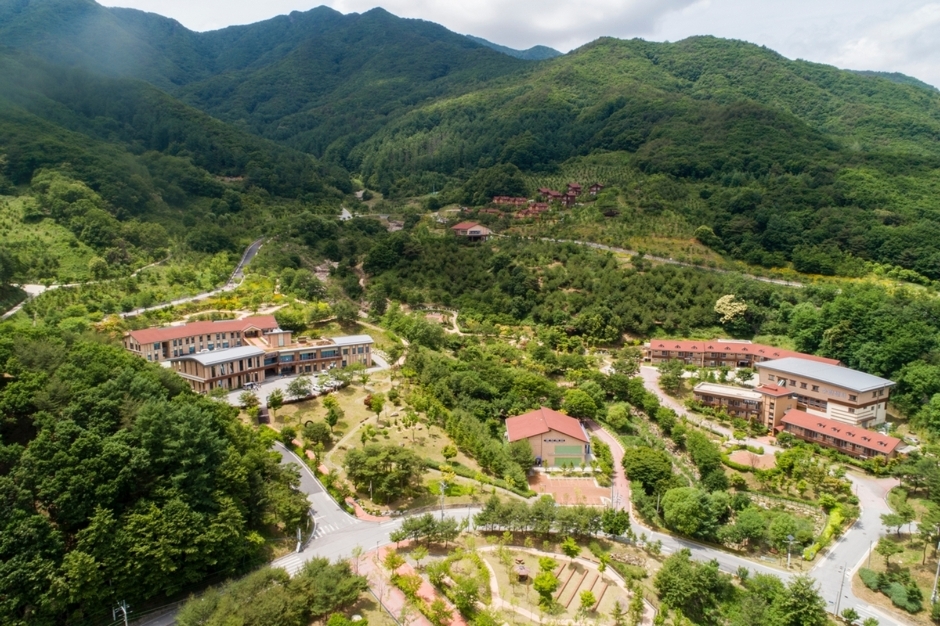
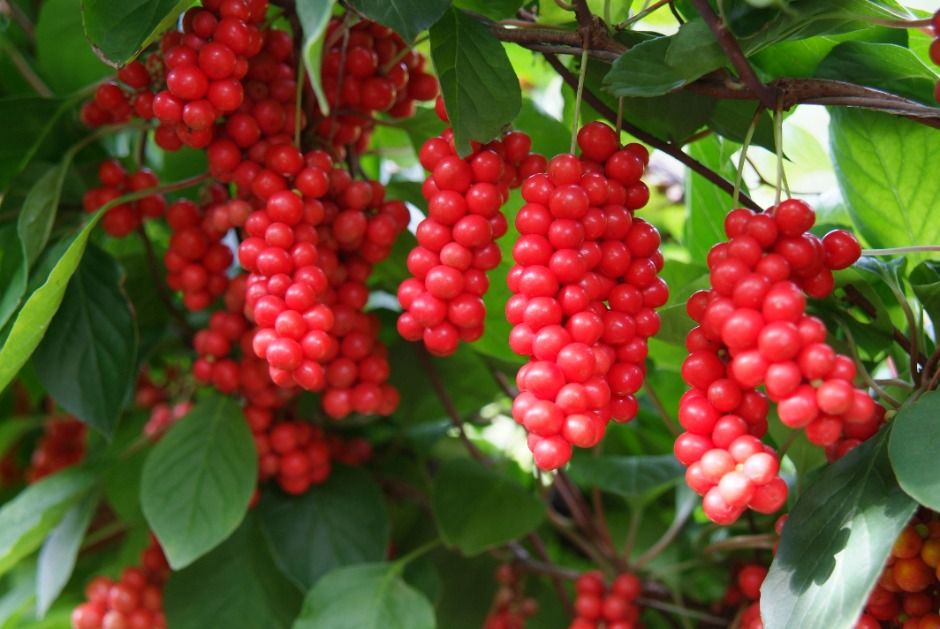
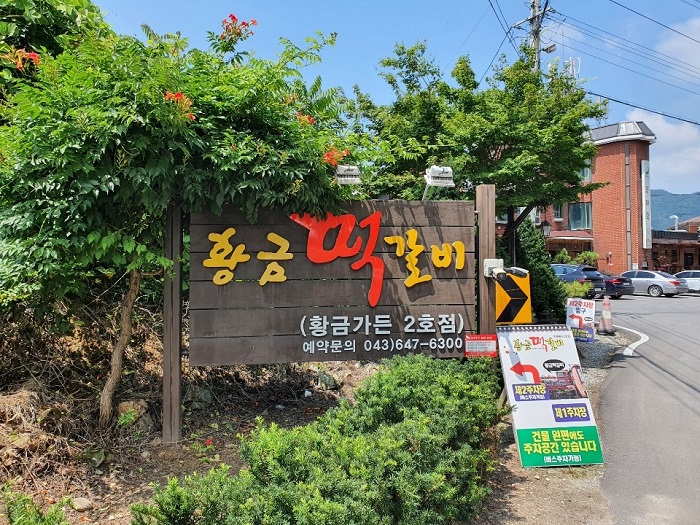
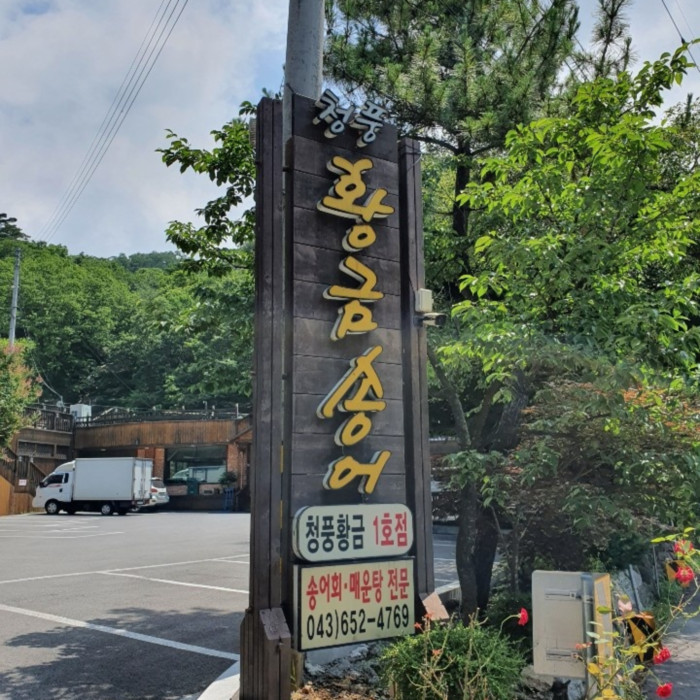
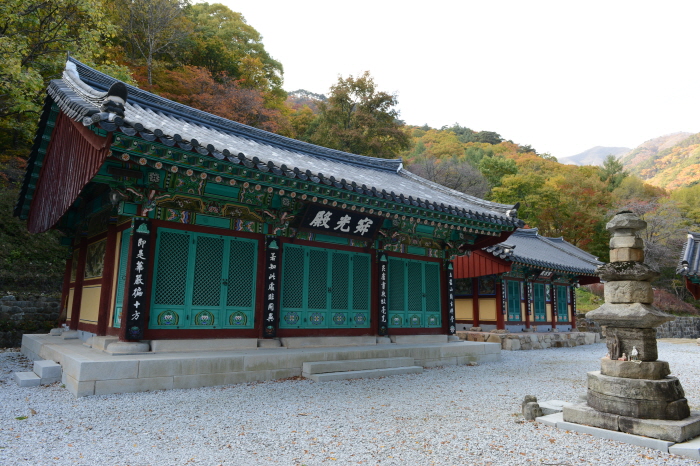
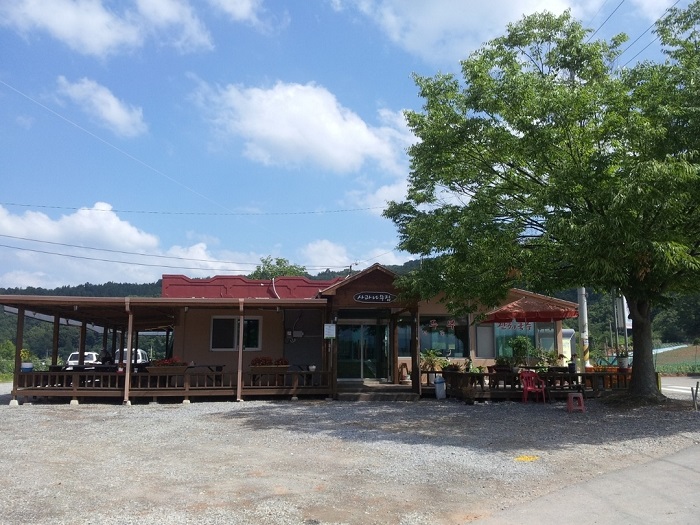
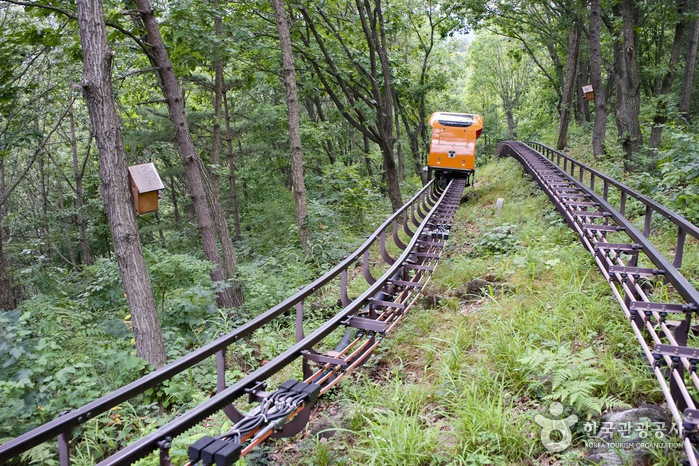
 English
English
 한국어
한국어 日本語
日本語 中文(简体)
中文(简体) Deutsch
Deutsch Français
Français Español
Español Русский
Русский